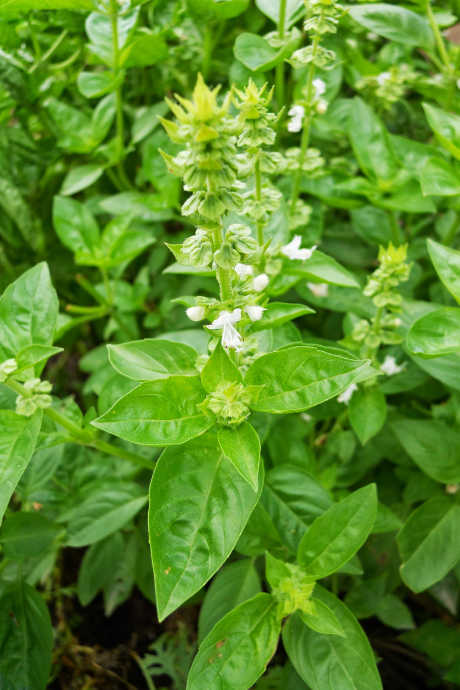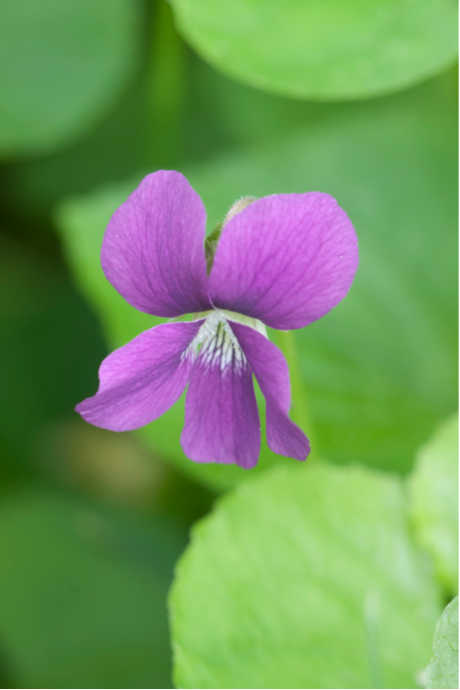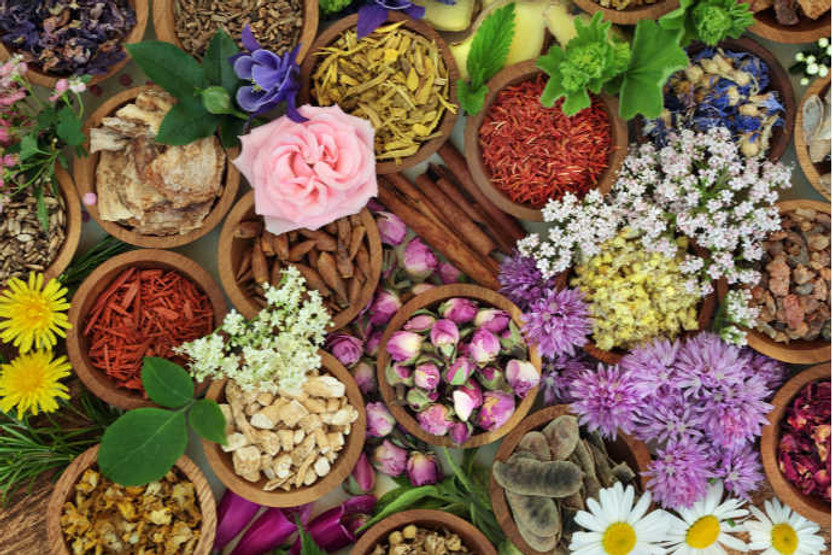5 Edible Flowers to Serve This Summer
Posted by Julie on May 2nd 2019
It’s that time of year when we fill containers with potting soil and dust off the watering can. Whether you grow flowers from seed or get them from a nursery, they’re a lovely addition to any yard, patio, or deck. Plus, flowers attract honey bees, which are essential to the life cycle of fruits and vegetables. But have you ever thought of eating flowers? You might be surprised by the flavors they bring to dishes, not to mention the bright and cheery colors.
Safety Tips for Edible Flowers
If you’ve grown herbs or vegetables in containers or a garden, you already know not to use herbicides, insecticides, or fungicides. But because potted flowers are most often used as decor, not food, the ones you buy at a home and garden store or nursery may have been treated with chemicals. Your best bet is to grow your own flowers from seed if you plan to add them to food and drinks.

Know which flowers are safe to eat. Our list is not an exhaustive one; plenty of other flowers, especially those that bloom from herbs, are edible. But many flowers look similar and can be confused with one another. Some flowers like honeysuckle are edible, while the berries are poisonous. Other flowers have edible petals, but the white part at the base is bitter (similar to the zest and pith of citrus fruits). Epicurious recommends two books by organic gardener Cathy Wilkinson Barash, who specializes in culinary gardening.
Even if you’ve grown them yourself in a container in your kitchen, wash and dry fresh flowers before eating. A quick rinse with cold water will suffice. Then air dry on a paper towel. Choose flowers that have just opened, especially if you plan to use the petals. They’ll look and taste better than wilted ones. Go easy on the quantity of flowers you add to dishes; a salad full of petals may be rough on your system if you’re not used to them.
Flowers as Ingredients
While there are dozens of flower varieties you can eat, we’ve narrowed the list to these well-known, easily found flowers you can grow yourself. Even if you never add a single petal to your salad or drink, they’ll make beautiful, bee-friendly additions to your outdoor space.
Hibiscus

Hibiscus are tropical flowering plants that do well in containers that can be moved inside when the weather turns cold. They produce large, colorful blooms with a flavor that’s been compared to cranberry and citrus. Dried petals are often found in herbal teas, and fresh hibiscus buds can be used to decorate cocktails.
Recipe: Hibiscus Iced Tea With Ginger Simple Syrup from Saveur
Pansy

Not only do pansies come in a variety of colors, they’re easy to grow at home. The petals have a mild grassy flavor that might even taste a bit minty. Sprinkle them over salads, or use them to adorn cakes and pastries. You can even place them in ice cube trays after adding water and before freezing. Then add your decorative ice cubes to lemonade, iced tea, or seltzer.
Recipe: Arugula and Pansy Salad from The View From Great Island
Violet

Violets are another common garden-variety flower that’s good to eat. Both the leaves and the petals go well in salads, and like pansies, you can add violets to ice cubes and desserts. The flavor of violets is on the sweet side, with a touch of floral. Along with pansies, they are perfect for painting with egg white and sprinkling with superfine sugar.
Recipe: Crystallized Flowers from Martha Stewart
Lavender

Like violets, lavender has a sweet, floral taste. Lavender is one of the herbs used in the iconic combination of herbes de Provence. Sprinkle lavender in lemonade, seltzer, champagne, and light cocktails, or add dried flowers to pastries and baked goods. Lavender complements fresh fruit flavors like peaches and plums.
Recipe: Peach Lavender Cobbler from Food & Wine
Rose

The flavor of rose petals differs dramatically from the flower’s scent. While the taste can vary depending on the type of rose, where it’s grown, and the color of the petals, roses typically have a mildly fruity taste. Rose water was a popular ingredient in 18th and 19th century recipes. Even now, roses add a unique element to both creamy and baked desserts, and they’re a staple ingredient in herbal teas.
Recipe: Rose Petal Jam by Feasting at Home
 Free shipping over $49
Free shipping over $49










